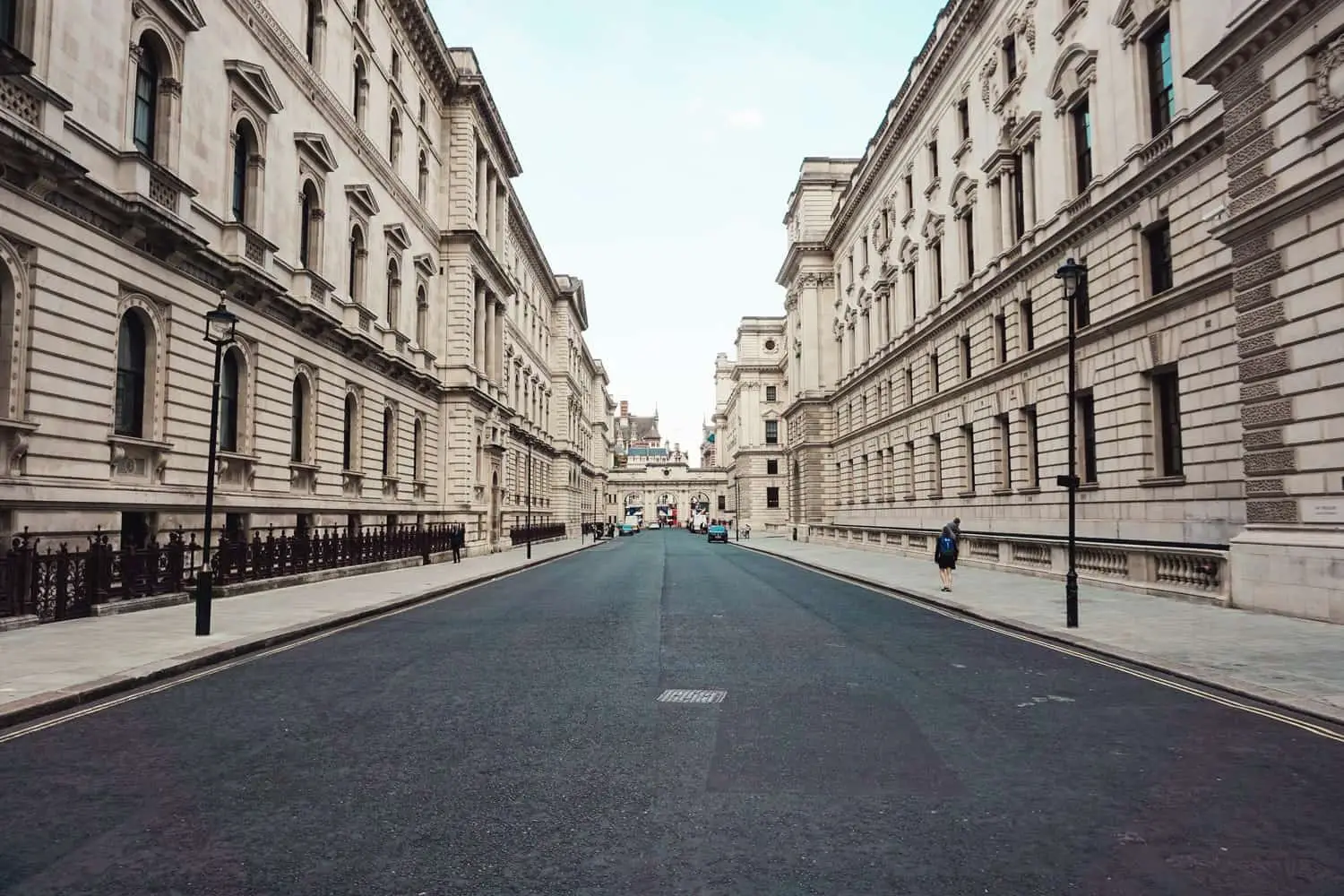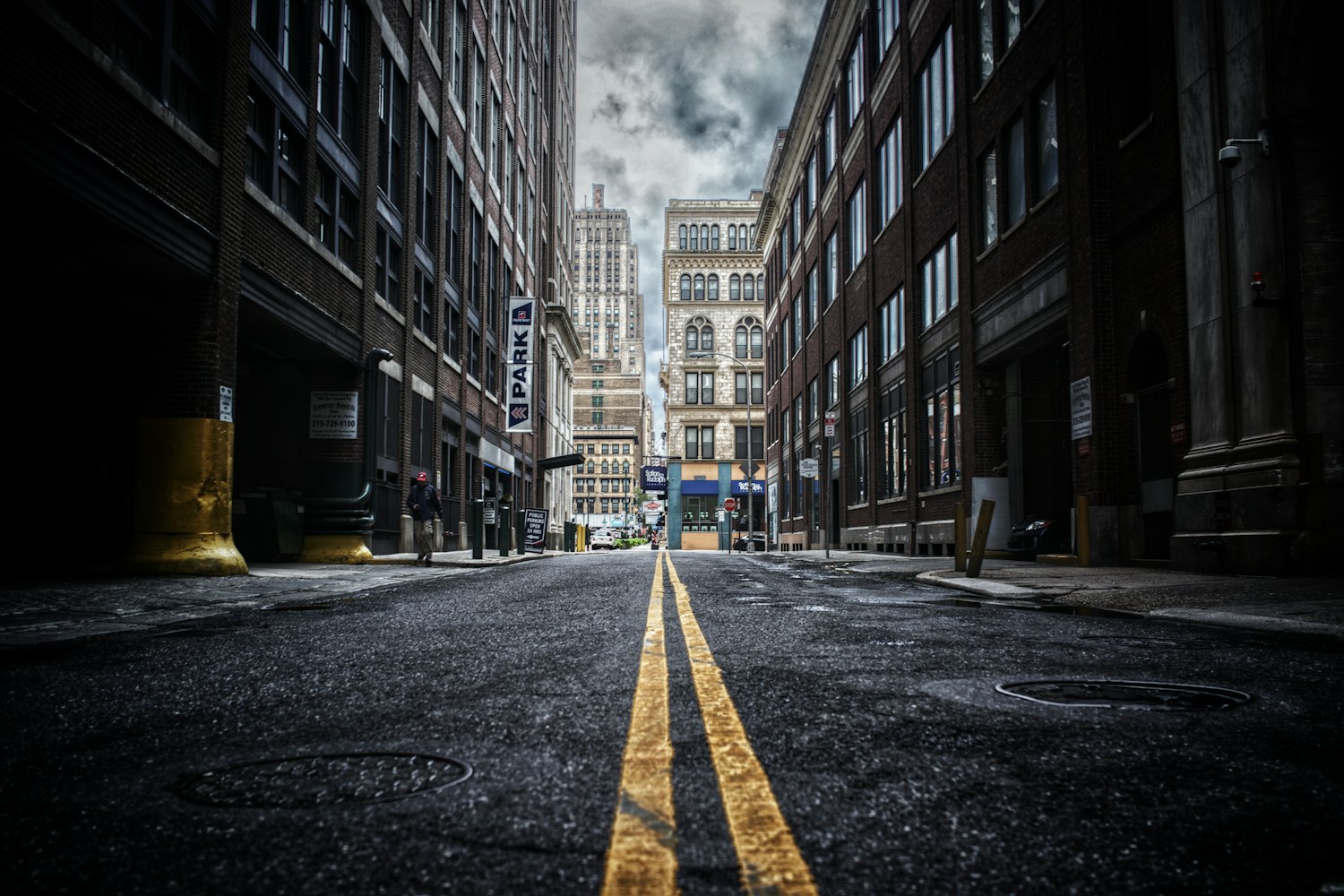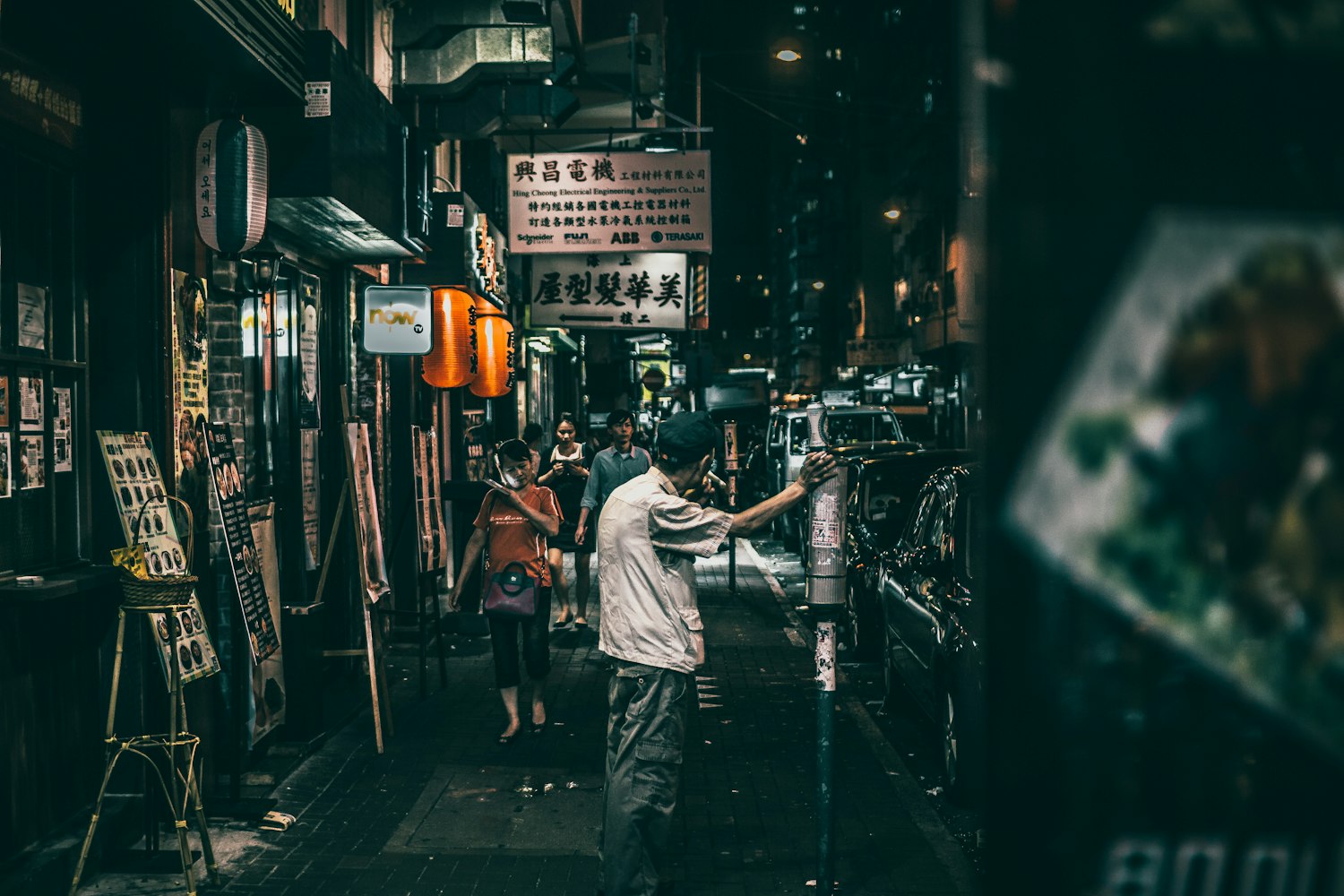Table of Contents
*This post may contain affiliate links. As an Amazon Associate we earn from qualifying purchases.
Street photography is an art. To be able to capture picturesque yet random moments in public places requires a trained eye as well as impeccable timing when it comes to handling the camera. Street photography may seem like a complex and abstract concept to define, so allow us to cite some instances where street photography comes into play.
What Is Street Photography?
image source: Unsplash
Street photography is essentially capturing candid yet interesting images from chance encounters or random incidents. The term “street photography” is not limited to only taking photographs on the street or in an urban setting. Its efficacy lies in the photographer’s power of observation — the devil is in the details, so to speak.
To become an effective street photographer, you have to be keenly aware of what’s going on in your surroundings. Observe how people interact or how they go about their usual day-to-day activities. However, keep in mind that street photography is not just about capturing images of people in action. It can also be about inanimate objects projecting an unusual or human characteristic. The essence of answering what is street photography is being able to tell a deeper story from a captured candid moment. Think of it as poetry that uses images instead of words.
How Do You Know If You’re Doing It Right?
image source: Unsplash
Just like any art form, there are no set rules when it comes to street photography. If you’re a painter, it’s like asking if you can paint in exactly the same manner as Leonardo da Vinci does. Depicting another artist’s style only makes you a copycat. In order to become a notable artist, you have to find your own. Leonardo da Vinci can teach you and help you achieve the necessary skills — how to draw, how to use an art medium properly, etc. However, he can’t teach you how to develop your own style.
It’s the same thing with street photograph. You need to have some basic photography skills at the very least. You also have to know how to frame your shot and when the best time is to take it. When it comes to choosing your subjects and composing your shots, you’re on your own.
Don’t expect to become an expert right away. The best way to develop your instincts (as well as techniques) is to draw inspiration from the masters. Gain a deeper understanding of what is street photography through their eyes. When you get into the same mindset as professional and successful street photographers do, you will be able to come up with your own style (and perhaps, even your own techniques as well!)
A Brief History of Street Photography
Before photography was discovered, artists have already been depicting real-life images and turning them into art. Cityscapes and paintings of men, women, and children doing their day-to-day tasks have always been popular themes, regardless of the period or movement. Photography is just another medium being used to capture such themes and images. These forerunners and practitioners played a pivotal role in helping define what is street photography.
19th-Century Forerunners
image source: Unsplash
Forerunners during the 19th century were responsible for pioneering the art of street photography and for piquing the interest of the public towards this newer medium.
1. Louis-Jacques-Mandé Daguerre
The first notable works in street photography were recorded between 1838 to 1839 by Louis-Jacques-Mandé Daguerre. One of two daguerreotype views were taken from his studio window on Boulevard du Temple in Paris which showed an almost deserted stretch of the street taken at around 8:00 in the morning. The scene was pretty unusual as Boulevard du Temple typically had a bevy of activity from pedestrians and carriages. It showed the image of an individual who was in the middle of having his boots brushed. The photograph detailed his boots and legs but did not show the body or head because they were in motion.
2. Charles Nègre
Another noteworthy pioneer in street photography was Charles Nègre who became a student of Paul Delaroche, Jean-Auguste-Dominique Ingres and Michel Martin Drolling before starting his own studio in Île Saint-Louis, Paris. During that time, Delaroche encouraged the use of photography as a means to do research for painting. Nègre’s albumen print of “Chimney-Sweeps Walking” was used as a staged study for painting but was noted in photographic history for being able to capture movement and freeze it as a single moment.
3. John Thomson
John Thomson was a photographer who worked alongside journalist and social activist Adolphe Smith in creating Street Life In London, a monthly publication done in twelve installments that captured everyday life on the streets and made street photography a significant part of the medium.
4. Eugene Atget and Berenice Abbott
Eugene Atget’s photographs of Parisian streets were popularized by Berenice Abbott in the 1920s. Abbott was inspired by Atget’s handiwork, prompting her to do a similar project in New York City.
20th-Century Street Photographers
image source: Unsplash
The 20th century brought a new breed of street photographers. Some notable practitioners of street photography include:
1. Paul Martin
Paul Martin was a French-born British photographer who is considered as a pioneer in both night and street photography. He was known for his candid and unposed photographs of Londoners. He is also the first recorded photographer to do so using a disguised camera.
2. Humanist School Photographers
Working primarily in black-and-white while using available light and small cameras, the Humanist School photographers from France concentrated on capturing subjects found in the streets or in bistro restaurants. This style of image-making was both romantic and poetic in rendering the ordinary life of Parisians.
3. Henri Cartier-Bresson
Henri Cartier-Bresson is widely recognized for Images à la Sauvette which was published in 1952. He popularized the idea of taking pictures at the “decisive moment” — “when form and content, vision and composition merged into a transcendent whole.” Bresson inspired newer generations of photographers to take on candid photography in public places.
4. Walker Evans
Walker Evans was an American photographer who was known for his “record method” of photography. From 1938 to 1941, Evans did a series in the New York City Subway, taking candid portraits of people using a 35mm Contax camera hidden in his coat. However, due to concerns about the privacy of his subjects, his work was not published until 1966.
5. Helen Levitt
Helen Levitt was an American teacher of young children who documented chalk drawings and the children who created them as part of the children’s street culture in New York.
Street Photography Techniques
image source: Unsplash
Now that you have a clearer idea of what is street photography, you’re probably eager to give it a try. Here are some tips and techniques to guide you through your initial attempts.
1. Recommended Types of Camera
Rangefinders, digital and film SLRs, point-and-shoot cameras (even your smartphone) are recommended for doing street photography because they are convenient and easy to use.
2. Focal Lengths
While there are no stringent rules when it comes to focal lengths, a 35mm full-frame format (with focal lengths between 28mm to 50mm) is typically used. This is because of its capabilities for increased depth of field as well as the angle of view. Wide-angle lenses allow a candid and closer approach to human subjects without making them aware that they are in the frame.
3. Zone Focusing
Zone focusing can be used as an alternative, instead of doing a manual focus or resorting to the slower autofocus. Zone focusing allows the photographer to set the focus to a specific distance. This way, his only concern will be to keep the subject between the set distances.
4. Waist-Level Finders and Articulating Screens
By using waist-level finders and articulating screens in digital cameras, a photographer will be able to compose or adjust the focus without having to bring the camera up to his eye or drawing attention to himself.
Additional Tips
image source: Unsplash
Besides knowing how to work your camera, here are some additional tips from English photographer Tony Ray-Jones (which he wrote in his personal journal) to help you go through the process of capturing your subjects effectively:
- Be aggressive.
- Talk to people, be more involved.
- Be patient with the subject
- The simpler the picture, the better.
- The background and subject matter must be related.
- Your compositions and angles should vary.
- Always be mindful of your composition.
- Your pictures should be interesting.
- The closer you are to the subject, the better.
- There should be no middle distance.
- Avoid shooting too much.
Conclusion
Even after reading through all this information on what is street photography, we know that it will still not fully explain what the essence of this art form is about. As we’ve mentioned, the essence of street photography lies in the photographer’s ability to find the “perfect moment” and to capture and freeze that moment at the right time.
Don’t be discouraged or frustrated if your first attempts appear too common or cliché. What is street photography? It is a continuous learning process that requires a lot of practice. Your perspective will change as you go along, reviewing your work. You will also become more aware of your strengths and weaknesses as a street photographer. Work on your weaknesses — even if it means going to the same place several times to capture that “perfect moment.”







